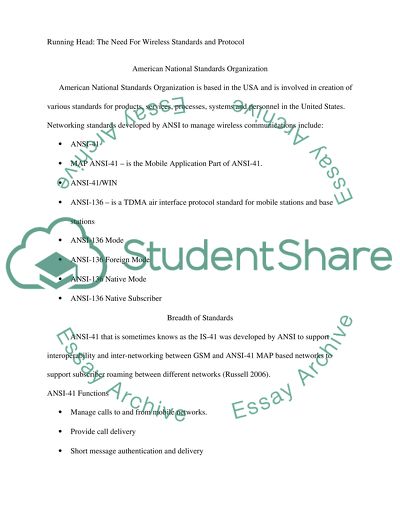Cite this document
(“The Need for Wireless Standards and Protocols Assignment - 1”, n.d.)
The Need for Wireless Standards and Protocols Assignment - 1. Retrieved from https://studentshare.org/information-technology/1642352-the-need-for-wireless-standards-and-protocols
The Need for Wireless Standards and Protocols Assignment - 1. Retrieved from https://studentshare.org/information-technology/1642352-the-need-for-wireless-standards-and-protocols
(The Need for Wireless Standards and Protocols Assignment - 1)
The Need for Wireless Standards and Protocols Assignment - 1. https://studentshare.org/information-technology/1642352-the-need-for-wireless-standards-and-protocols.
The Need for Wireless Standards and Protocols Assignment - 1. https://studentshare.org/information-technology/1642352-the-need-for-wireless-standards-and-protocols.
“The Need for Wireless Standards and Protocols Assignment - 1”, n.d. https://studentshare.org/information-technology/1642352-the-need-for-wireless-standards-and-protocols.


